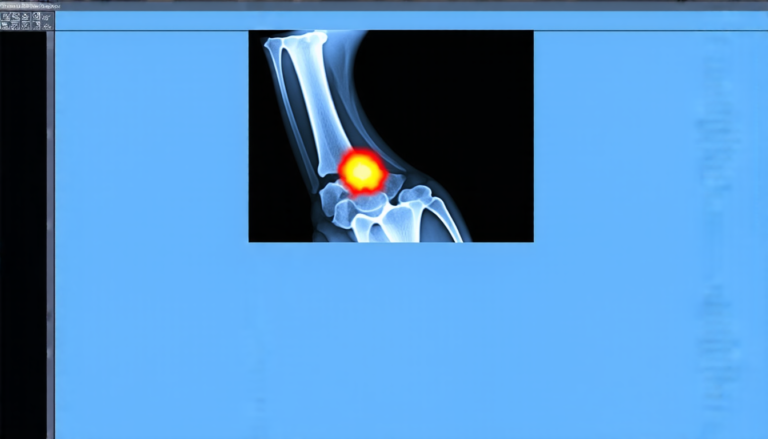Tuesday 08 April 2025
As we navigate through increasingly complex urban landscapes, the need for sophisticated autonomous vehicles has become more pressing than ever before. In recent years, researchers have made significant strides in developing advanced path planning algorithms that can efficiently and safely guide self-driving cars through crowded streets. A new approach to this challenge has been proposed by a team of scientists, who have designed an innovative controller that combines two powerful techniques: Model Predictive Control (MPC) and Pure Pursuit.
The MPC algorithm is particularly useful in navigating complex environments where obstacles and dynamic events are common. By predicting the future trajectory of the vehicle and its surroundings, MPC can adjust the control inputs in real-time to avoid collisions and maintain a stable speed. However, this approach has limitations when faced with uncertain or dynamic situations, such as sudden lane changes or unexpected pedestrian appearances.
Pure Pursuit, on the other hand, is an algorithm designed specifically for obstacle avoidance. By selecting a target point along the desired path and adjusting the vehicle’s trajectory accordingly, Pure Pursuit can effectively steer around obstacles while maintaining a stable speed. However, this approach has its own limitations, as it can be slow to respond to sudden changes in the environment.
The researchers’ solution is to integrate MPC and Pure Pursuit using Mutual Information (MI), a statistical technique that measures the amount of shared information between two variables. By calculating MI between the predicted states of the vehicle and its surroundings, the controller can dynamically adjust the influence of each algorithm based on their predictive performance.
In practice, this means that when the environment is uncertain or dynamic, the MPC algorithm takes precedence, providing a more stable and reliable control input. Conversely, when the environment is more predictable, Pure Pursuit’s ability to adapt quickly to obstacles becomes more important. This adaptive weighting scheme allows the controller to strike a balance between stability and responsiveness, making it more effective in navigating complex urban environments.
The researchers have tested their approach using three different maps, each representing a unique level of complexity. The results show that the integrated algorithm significantly outperforms traditional MPC and Pure Pursuit approaches in terms of safety, stability, and obstacle avoidance capabilities. In particular, the controller demonstrated impressive ability to adapt to dynamic obstacles, such as pedestrians or bicycles, while maintaining a consistent speed and trajectory.
The implications of this research are significant, as it brings us closer to developing self-driving cars that can safely and efficiently navigate through complex urban environments.
Cite this article: “Autonomous Driving Revolutionized: InfoFusion Controller Enhances Safety and Efficiency in Complex Environments”, The Science Archive, 2025.
Self-Driving Cars, Autonomous Vehicles, Path Planning Algorithms, Model Predictive Control, Pure Pursuit, Obstacle Avoidance, Mutual Information, Statistical Technique, Dynamic Environments, Urban Landscapes.







